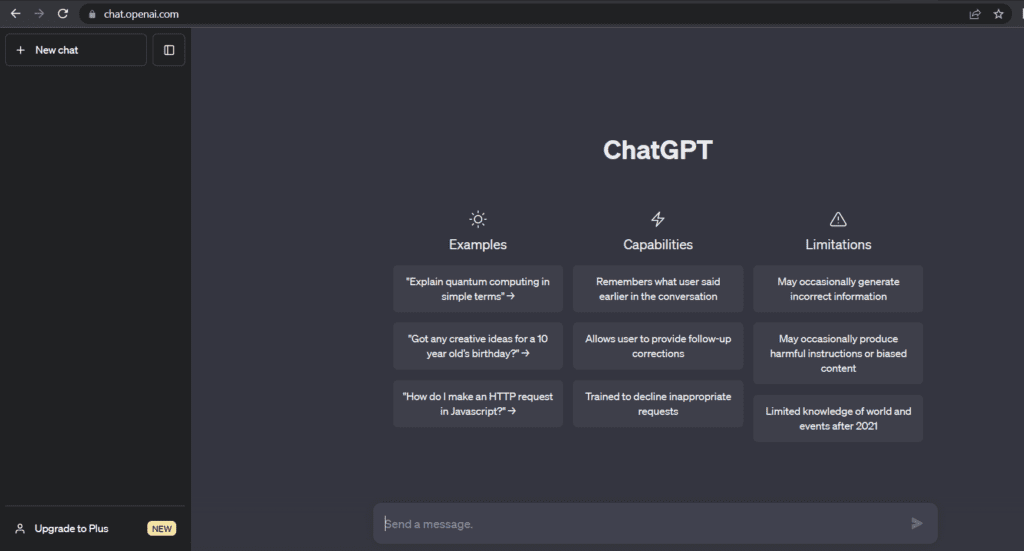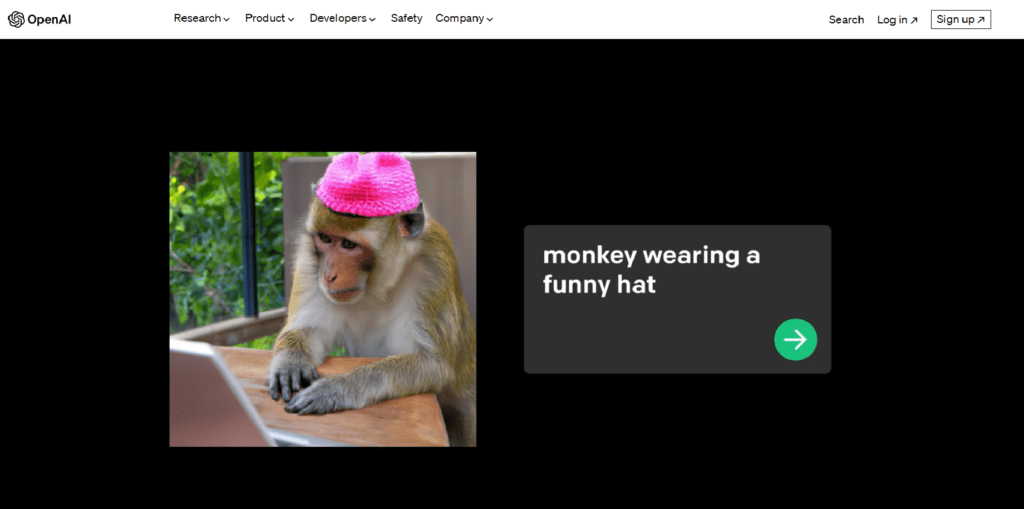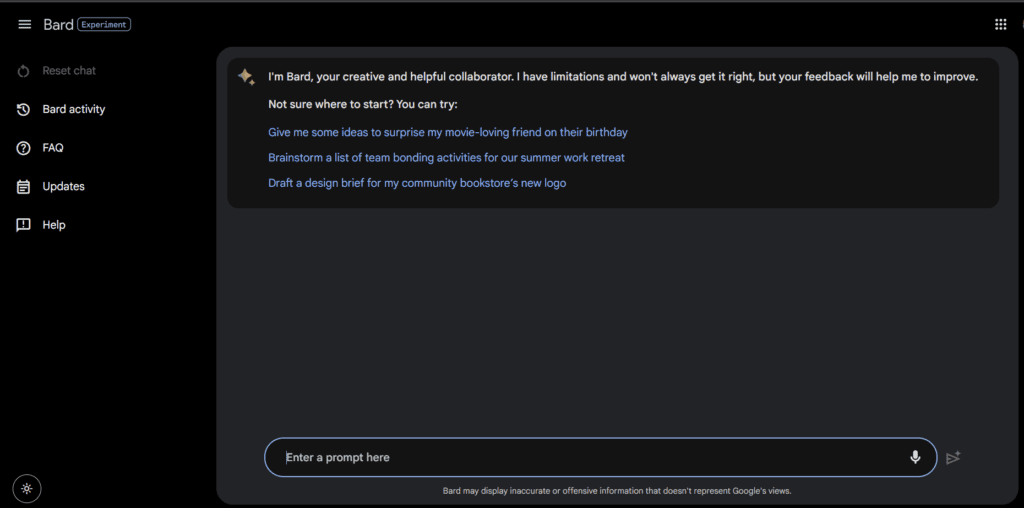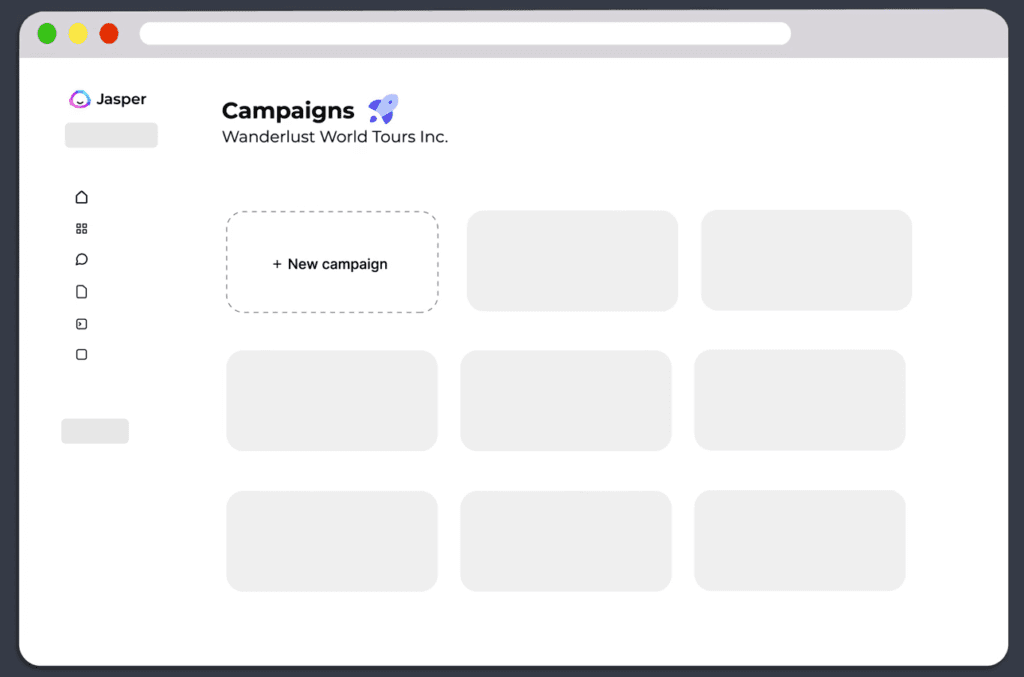In the race to harness the incredible power of generative artificial intelligence (AI), tech behemoths and audacious startups have engaged in a captivating arms race. This fierce competition has made generative AI the talk of the town, as it becomes the most sought-after tech trend in recent years.
With the advent of groundbreaking large language models (LLMs), such as ChatGPT and mesmerizing Google Bard, and the introduction of revolutionary solutions like Anthropic’s Claude and Amazon’s Bedrock, a wave of innovative generative AI tools has washed over the landscape.
These tools are poised to reshape the way we approach content creation, coding, and even marketing campaigns, promising to unlock new levels of simplicity and efficiency. Join us as we embark on an exploration of the 13 hottest generative AI tools and offerings available in the market today, revealing a world of limitless possibilities for developers, channel partners, investors, and businesses.
13 Generative AI tools you should know about

ChatGPT, developed by OpenAI, is built upon the Transformer architecture. ChatGPT has been trained on a massive amount of text data from the internet to learn patterns and language structures. It can understand and generate coherent text based on the provided context, making it a powerful tool for natural language processing tasks, content generation, and interactive chat-based applications.
ChatGPT has gained popularity for its ability to generate creative and contextually relevant responses, making it a valuable asset for both individuals seeking AI-generated content and developers looking to incorporate conversational AI into their applications. OpenAI has recently announced experimental support for ChatGPT AI plugins, which expand the tool’s capabilities in computation, coding, and accessing post-2021 information.
ChatGPT comes packed with a range of impressive features. Users can save and retrieve their conversation history, allowing for seamless continuation and reference. The tool has been optimized to excel in human dialogue. To further enhance its functionality, ChatGPT offers a variety of AI plugins that extend its capabilities and broaden its potential uses.
Click here to access the free version of ChatGPT.

Image source: OpenAI
DALL·E 2 by OpenAI is an exciting advancement in the field of artificial intelligence. This innovative AI system has the remarkable ability to generate realistic images and artwork based on natural language descriptions. By combining concepts, attributes, and styles, DALL·E 2 can create original visual compositions that bring text to life.
It goes beyond its predecessor, DALL·E 1, introduced by OpenAI in January 2021, offering even greater realism and accuracy. With four times the resolution capability, DALL·E 2 produces highly detailed images that captivate the imagination. This powerful tool not only empowers individuals to express their creativity but also provides valuable insights into how advanced AI systems perceive and interpret the world around us. DALL·E 2 represents a significant leap forward in the intersection of artificial intelligence and artistic expression, unlocking new possibilities for both creators and researchers alike.
Check out DALL·E 2 now to create some exciting images.

Google’s conversational AI service, Bard, is designed to provide dynamic and insightful responses to questionnaires. Leveraging a suite of deep learning algorithms, Bard harnesses the vast knowledge and creative capabilities of Google’s large language models. By tapping into information available on the web, Bard generates fresh and high-quality answers.
Built on LaMDA technology, this chatbot has the unique ability to understand the intricacies of open-ended conversations, capturing subtle nuances that shape the dialogue. Through continuous learning from interactions with humans, Bard AI improves its performance over time. Fine-tuning LaMDA further enhances its ability to respond with sensibility and accuracy, resulting in more meaningful exchanges with users.
To access Bard, users must be 18 years or older. Additionally, they need to have a personal Google Account that is under their own management or have access enabled to Bard through a Google Workspace account by their administrator.

Image source: Copy.ai
Copy.ai is an AI-powered content writing tool designed for sales and marketing teams. It streamlines the content creation process by generating targeted sales copy that resonates with specific customer segments. Users can easily upload raw text and let Copy.ai handle the rest.
With over 90 tools and templates, it caters to various users, including social media managers, marketing agencies, email marketers, freelance writers, business owners, and startup teams. By leveraging natural language processing and deep learning, Copy.ai helps teams improve their go-to-market strategy and engage potential customers more effectively.
The free plan is ideal for personal usage and provides a wide range of features that are comparable to those available in the Pro plan. Users can start with the free version and determine if it meets their requirements and preferences.

Image source: Github
GitHub Copilot is a revolutionary coding tool that harnesses the power of extensive code training. With access to billions of lines of code, it seamlessly converts natural language prompts into valuable coding suggestions across numerous programming languages. Developers worldwide rely on GitHub Copilot to accelerate their coding process, enabling them to prioritize essential tasks like shaping business logic rather than getting bogged down by repetitive boilerplate code.
What sets GitHub Copilot apart is its ability to provide context-aware recommendations tailored to the specific project and adherence to style conventions. It empowers developers to swiftly navigate through lines of code, effortlessly complete function suggestions, and make informed decisions on which suggestions to accept, reject, or modify.
Verified students, teachers, and maintainers of popular open source projects can take advantage of GitHub Copilot’s free usage. However, for individuals who do not fall into these categories, there is an option to explore GitHub Copilot through a one-time 30-day trial at no cost.

Image source: Anthropic
Claude, developed by Anthropic, offers a range of conversational and text processing capabilities. Accessible through both a chat interface and an API available in the developer console, Claude maintains a high level of reliability and predictability in its responses.
From summarization and search to creative writing, collaboration, Q&A, and coding, Claude proves to be a versatile tool for various use cases. It offers enhanced controllability, allowing users to achieve desired outputs with less effort. Additionally, Claude can be directed in terms of personality, tone, and behavior, enabling users to tailor the AI assistant’s responses to their specific requirements.
To gain testing and usage access to Claude, individuals must follow the official procedure of requesting permission from Anthropic. Anthropic will then review the request and make a decision on granting or denying access to Claude based on its assessment.

Image source: Jasper
Jasper Campaigns is a cutting-edge product that empowers marketers to effortlessly create end-to-end marketing campaigns using the advanced capabilities of Jasper. By simply inputting a brief and selecting the desired assets such as blog posts, landing page copy, press releases, and Google text ads, marketers can rely on Jasper to generate all the chosen assets in their brand voice. This innovative tool enables marketers to harness the speed and power of AI while maintaining full control over their message and brand.
Jasper provides a 7-day free trial, allowing users to test out AI and explore its capabilities firsthand.
Amazon Bedrock is an all-inclusive service that offers a seamless API interface to access cutting-edge models developed by leading AI startups and Amazon. It provides users with a wide range of flexible models to choose from, allowing them to select the one that best suits their specific use case requirements. With the serverless experience offered by Bedrock, getting started is swift and hassle-free.
Users can conveniently customize the models with their own data while ensuring data privacy. Integration and deployment into applications become effortless, leveraging familiar AWS tools and capabilities. This includes seamless integration with Amazon SageMaker ML features like Experiments for model testing and Pipelines for efficient management of models at scale.
Cohere is a transformative platform that enables developers and enterprises to unlock the full potential of language AI and create exceptional products that deliver tangible business value. With Cohere Generate’s powerful capabilities, users can effortlessly generate one-of-a-kind content for various applications, including emails, landing pages, product descriptions, and more.
By harnessing the power of language AI, it empowers users to elevate their content creation process and produce compelling, high-quality output that drives results. Cohere provides an API that enables the integration of state-of-the-art language processing into any system. By training extensive language models and making them accessible through a straightforward API, Cohere simplifies the process. Furthermore, users have the capability to train large-scale models specifically tailored to their unique use cases and trained on their own data.

Image source: Lumen5
Lumen5 is a remarkable video creation platform tailored for brands and businesses seeking to produce captivating video content for social media posts, stories, and advertisements. It goes beyond conventional video editing tools by providing a comprehensive suite of resources essential for crafting attention-grabbing videos. With Lumen5, marketers, publishers, and brands can effortlessly create professional-quality video content without requiring any technical expertise.
Lumen5 is available in free and priced versions. The free plan includes essential features but has certain limitations, such as restricted access to the media library and the inclusion of a watermark on the generated videos.
AlphaCode, developed by DeepMind, a subsidiary of Google, has made significant strides in computer programming by creating programs that are comparable to those developed by the average human programmer.
With an impressive 41 billion parameters, AlphaCode employs transformer-based language models to generate code on an unprecedented scale. The generated code is then intelligently filtered to identify a select few promising programs. This generative AI tool has undergone training in multiple programming languages, such as C#, Ruby, Java, JavaScript, PHP, Go, and Rust. Notably, AlphaCode exhibits its highest proficiency in C++ and Python.
Google Cloud’s Gen AI App Builder is designed to provide developers with a quick and efficient way to kickstart the development of AI applications, such as chatbots, digital assistants, and customized search engines. It aims to minimize the need for extensive technical expertise.
Developers gain access to Google’s foundational models through APIs and can leverage pre-built templates to swiftly deploy AI-powered applications. In certain cases, developers can have their applications up and running within minutes. The potential use cases for this technology include search functionality, customer support, personalized product recommendations, content discovery, and media creation.
- OpenAI GPT-3.5 Turbo
OpenAI’s GPT 3.5 Turbo API enables developers to seamlessly integrate ChatGPT functionalities into their own applications. This advanced language model (LLM) empowers users to create their personalized chatbots using the GPT 3.5 Turbo API.
The API is designed to accept a series of messages as input, allowing for interactive and dynamic conversations. Notably, it offers features such as the ability to retain prior responses and the option to query with a predefined set of instructions along with contextual information.
The world of Generative AI tools is constantly evolving with new advancements and innovations. We have explored some of the notable tools in this article, but there may be others out there that are equally impressive. If you have come across any Generative AI tool worth trying, we encourage you to share your findings in the comments.
Read next: Powered by generative AI, hyperscalers will drive cloud revenue in 2023, predicts Gartner









